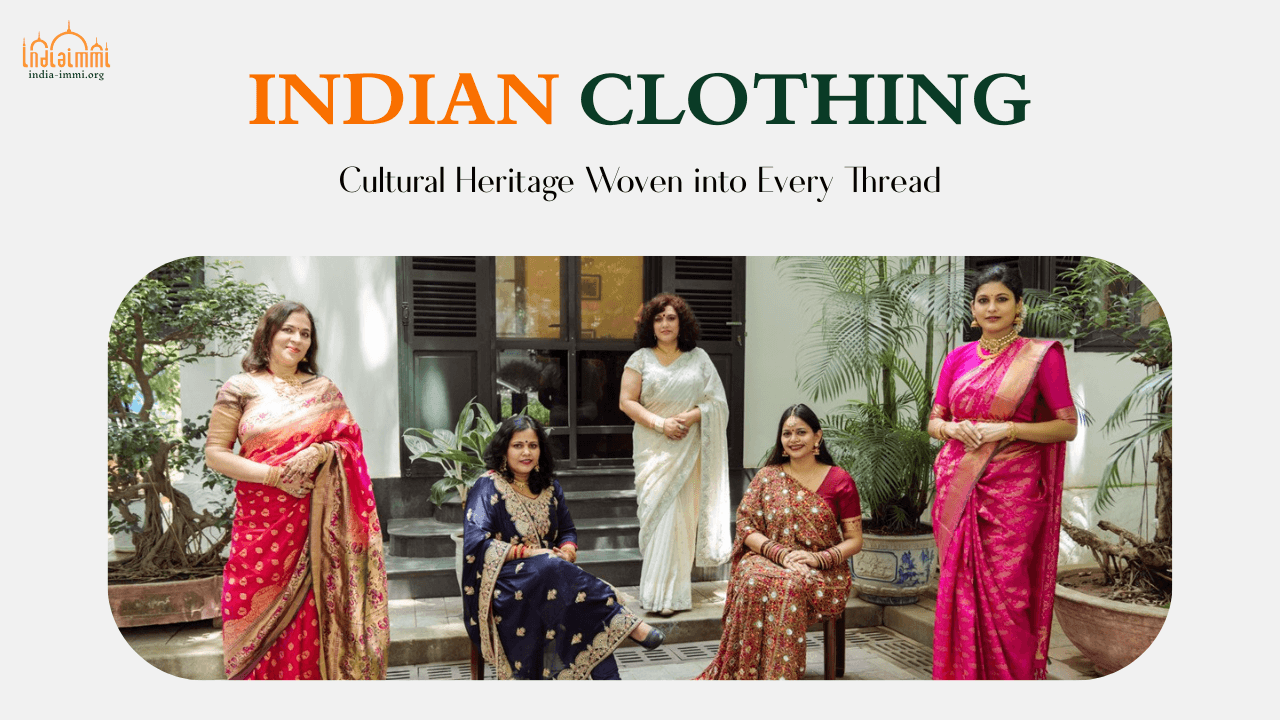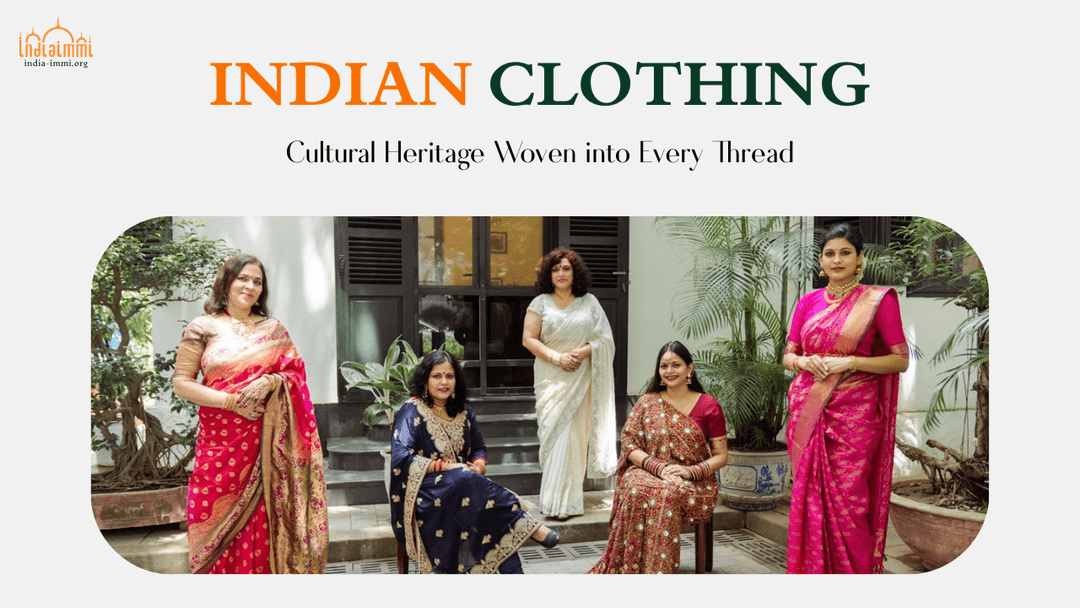India is a country of great diversity in terms of culture, religion, geography, and history. These elements are not only reflected through cuisine and art but are also vividly expressed in clothing. Since ancient times, Indian attire has gone beyond the function of covering the body, carrying with it religious significance, customs, social status, and regional identity. For international travelers, understanding clothing beforehand makes the journey more enriching while also showing respect for the local culture.
Clothing and Cultural Significance
Traditional clothing in India is not merely fabric or garments but often carries sacred meanings. Colors and styles can indicate religion, social class, or specific circumstances. For instance, red is commonly seen in weddings as it symbolizes good fortune and fertility, while white is associated with funerals in many Hindu communities. Clothing styles also reflect climate: in humid regions, people prefer cotton or light silk, whereas in colder mountain areas, woolen sweaters or heavy coats are worn. India’s weaving, embroidery, and dyeing crafts have reached remarkable sophistication, producing globally renowned products such as Kanjivaram silk, Banarasi fabric, Zari embroidery, Phulkari work, and Bandhani dyeing techniques.
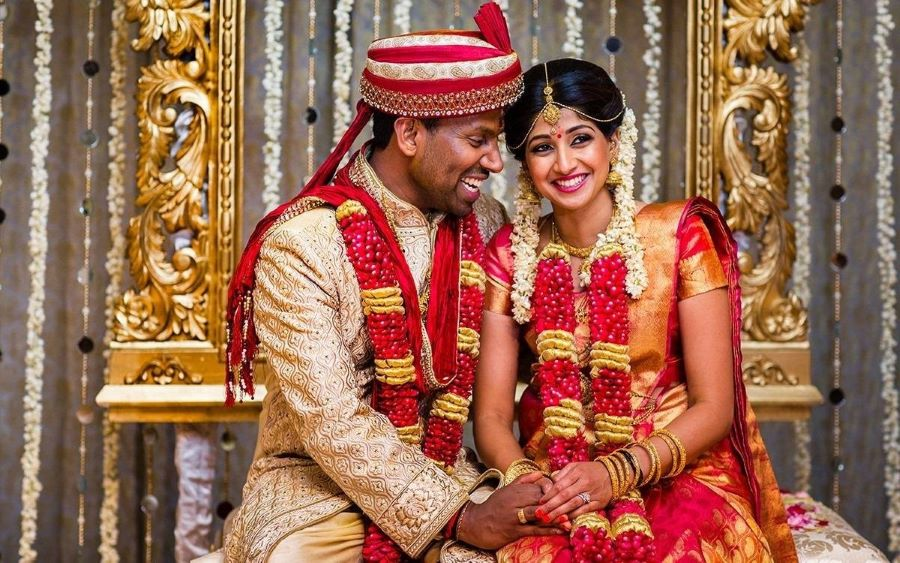
Indian Wedding Attire, source: Internet
Traditional Clothing for Women
The most iconic symbol of Indian women is the sari. This is a long piece of cloth, ranging from 5 to 9 meters, draped around the body in various styles depending on the region. In the South, Kanjivaram silk saris are thick, vibrantly colored, with traditional patterns, while in the North, Banarasi saris with elaborate gold-thread embroidery are famous. In Maharashtra, women wear the Nauvari sari, draped between the legs for ease in agricultural work. Besides saris, women also favor the salwar kameez-a set of loose trousers paired with a knee-length tunic-popular in the North and Punjab. On festive or wedding occasions, lehenga choli or ghagra choli are preferred, consisting of a long skirt, a fitted blouse, and a dupatta scarf, creating a glamorous and feminine look.
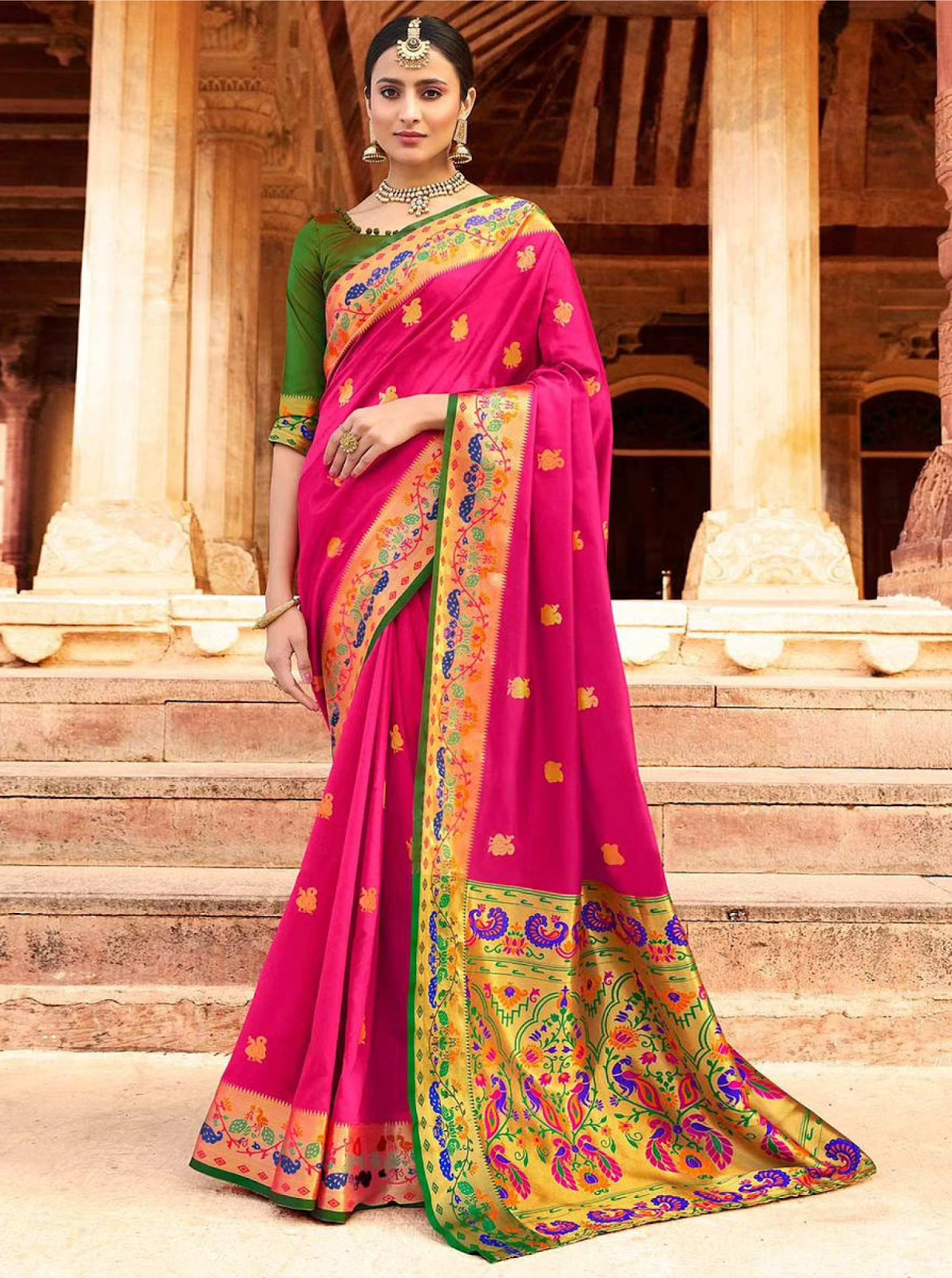
Sari – Women’s Traditional Attire of India, source: Internet
Traditional Clothing for Men
The most common attire for men is the kurta, a long tunic made of cotton or silk, usually paired with loose pajama trousers or fitted churidars. For more formal occasions like festivals or weddings, men often wear sherwani-a long, stand-collar coat richly embroidered, paired with churidars to enhance elegance. In many rural areas, dhoti or lungi are still widely used. These are long pieces of cloth wrapped around the waist, practical for comfort and labor. Particularly, in Sikh-majority states such as Punjab, men wear turbans (dastar) in various colors, which are not just accessories but hold deep religious significance.
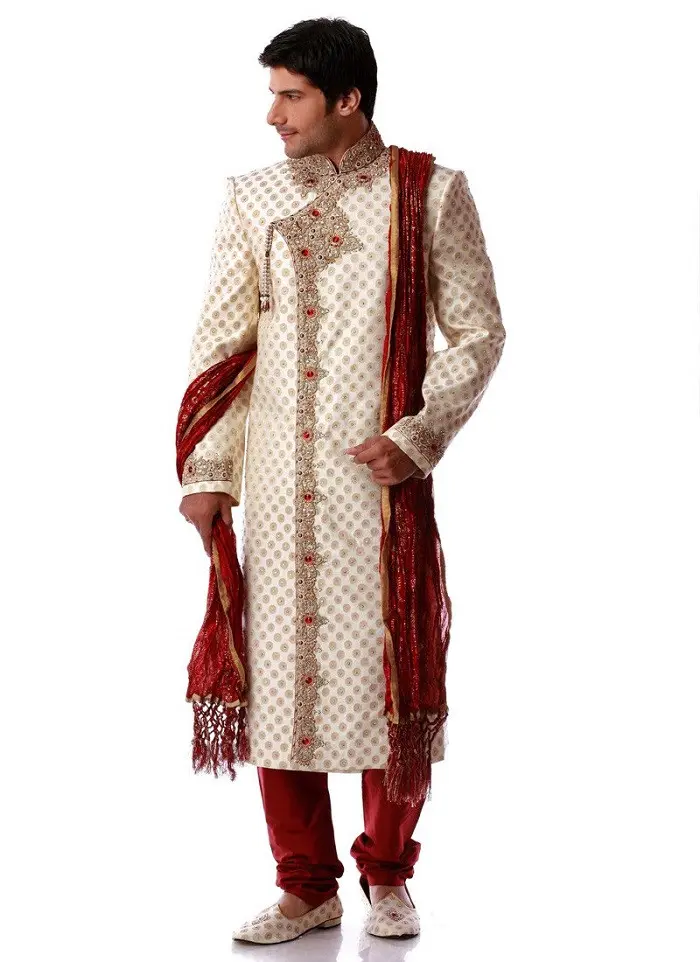
Men’s Traditional Attire of India, source: Internet
Regional Attire
Every Indian state has its own distinctive attire, closely tied to local traditions and natural conditions. In Kashmir, people wear pheran-long woolen or cotton coats-for warmth during harsh winters. In Kerala, women wear mundum neriyathum, a sari variant with two white or cream layers edged with golden kasavu, especially during Onam festival. Punjab is known for its colorful salwar kameez adorned with Phulkari embroidery, while Rajasthan and Gujarat feature vibrant ghagra and odhni with Bandhani tie-dye patterns and glittering Gota Patti embroidery. Each outfit is thus not just clothing but a “cultural map” of its region.
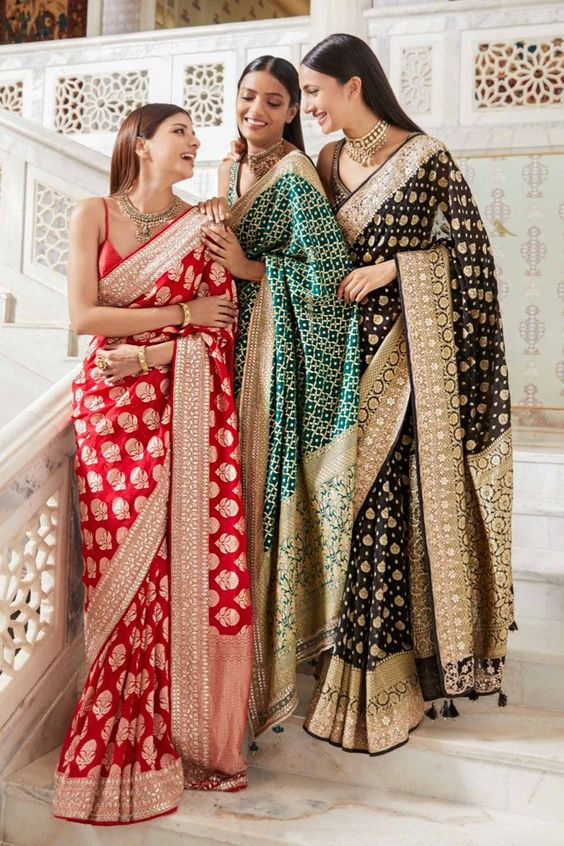
Regional Attire – Mundum Neriyathum of India, source: Internet
The Blend of Tradition and Modernity
Today, Western-style clothing has become widespread in Indian cities. Jeans, shirts, skirts, and t-shirts are popular, especially among the youth. Office attire often consists of shirts and trousers for men, while women may choose salwar kameez or Western dresses. Yet, tradition remains deeply rooted. Indians take great pride in their cultural identity, and during festivals or weddings, most people wear colorful saris or majestic sherwanis. Modern Indian fashion frequently incorporates traditional techniques such as hand embroidery, block printing, and natural dyeing into contemporary designs, creating collections that are both classic and trendy.

Modern Attire in India, source: Internet
Dress Code Advice for Travelers
For international visitors, choosing appropriate clothing in India is essential to avoid cultural insensitivity. Modesty and elegance should be prioritized, especially when visiting temples, mosques, or Sikh gurudwaras. Women are advised to carry a light scarf for covering the head when required, while men should avoid sleeveless tops or shorts at sacred sites. Climate should also be considered: cotton or linen is ideal for the hot, humid summers, while coats and wool are necessary in colder regions. Moreover, if invited to festivals or weddings, trying on a sari, lehenga, or kurta can be an exciting cultural experience. Many local tailors gladly assist travelers in draping traditional outfits skillfully.
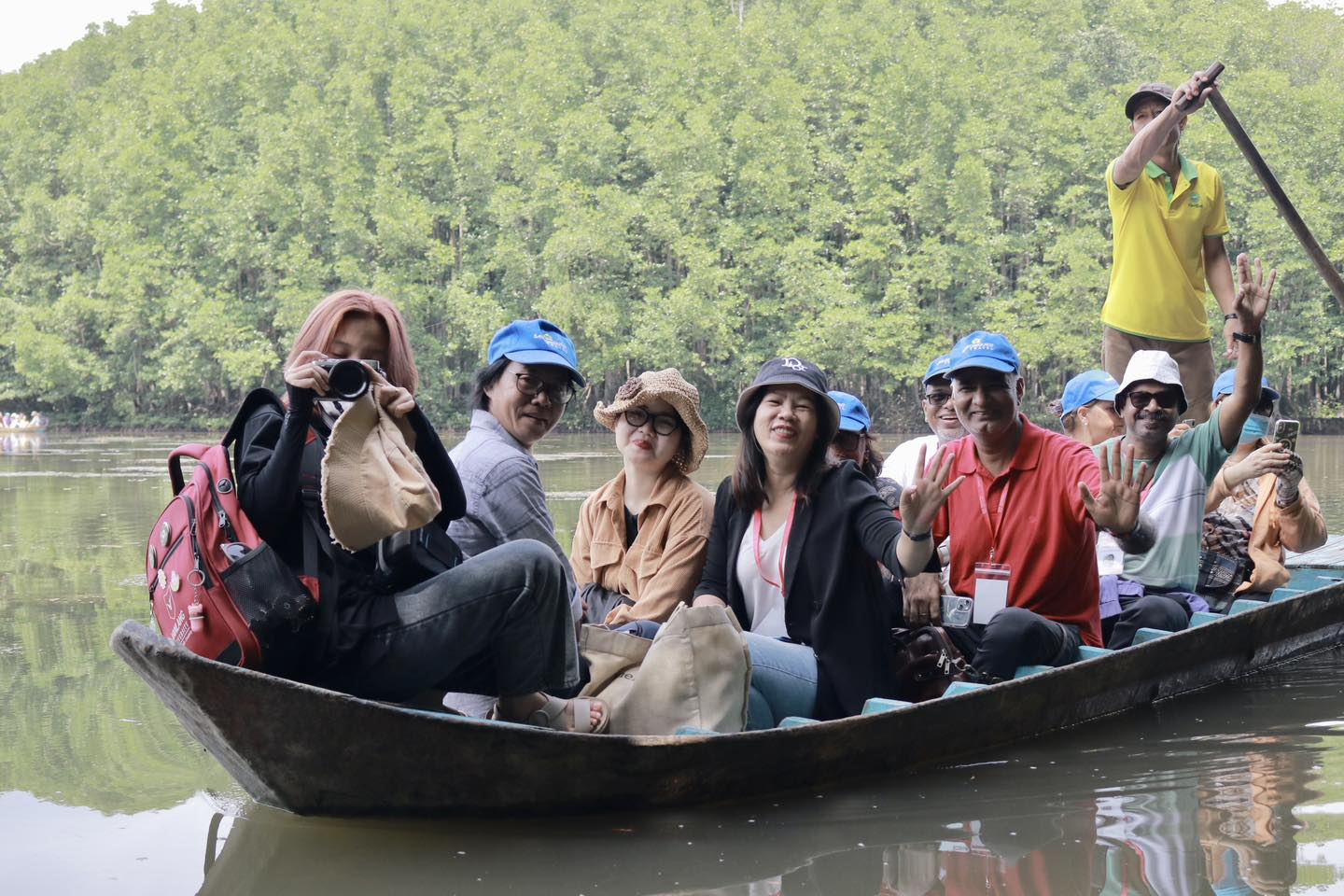
Tourists in India, source: Internet
Clothing in Festivals and Celebrations
India is often referred to as the “land of festivals,” where traditional attire plays a central role. During Diwali, the Festival of Lights, people wear new saris, lehengas, or kurtas in vibrant colors to invite good fortune. In Holi, participants wear lighter, simpler clothes as they engage in playful color throwing. At Navratri, especially in Gujarat, colorful ghagra choli are worn for the Garba dance. Weddings showcase the pinnacle of luxury: brides wear red saris or golden-embroidered lehengas, while grooms don sherwanis with turbans and traditional ornaments. For tourists, witnessing or joining these events offers a profound glimpse into India’s rich fashion heritage.
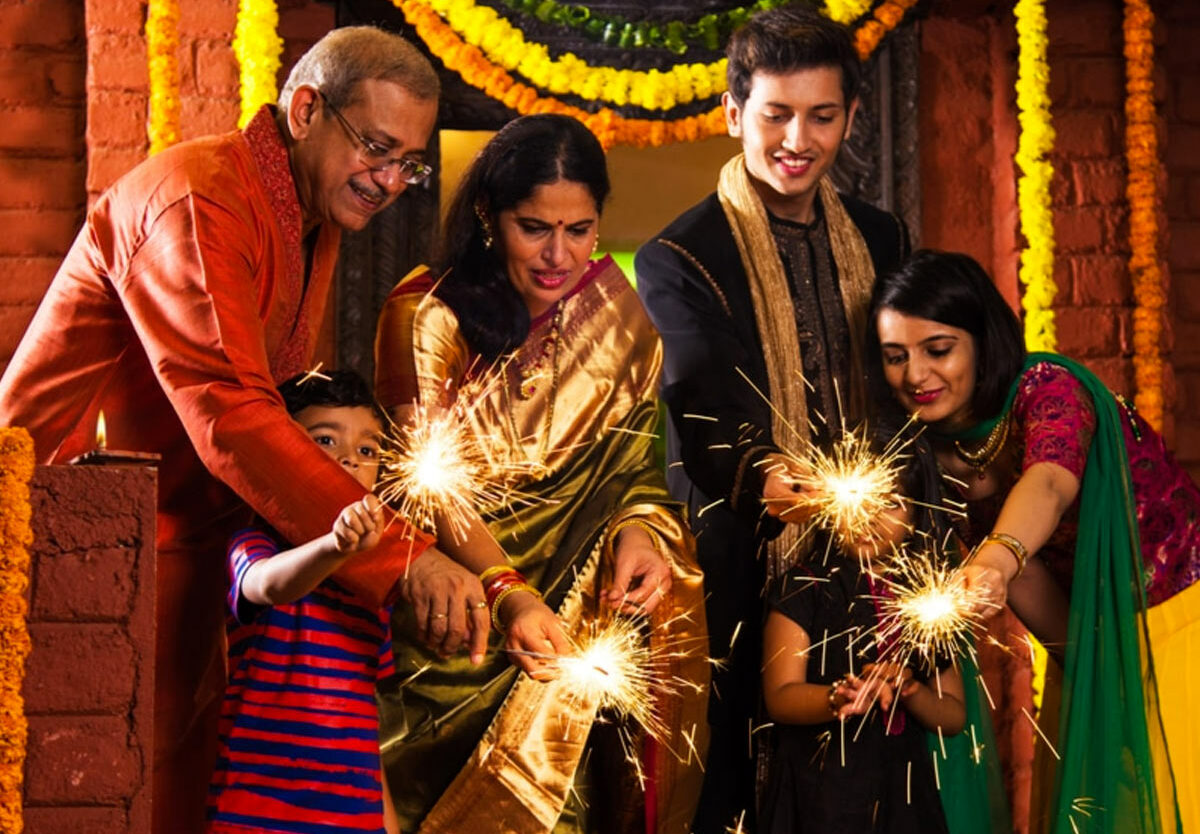
Diwali Festival of Lights in India, source: National Today
Conclusion
Indian clothing reflects the diversity and richness of the culture of this nation of over a billion people. From the graceful sari and regal sherwani to practical salwar kameez and warm pheran, every garment carries historical stories and regional identities. When traveling to India, understanding and respecting dress codes not only ensures smoother integration but also deepens the cultural journey.
If you are planning your trip, start by preparing the most convenient entry procedures. Register for an Indian e-Visa at India-immi.org to save time, ensure safety, and get ready for an unforgettable journey into the clothing, culture, and people of India.



